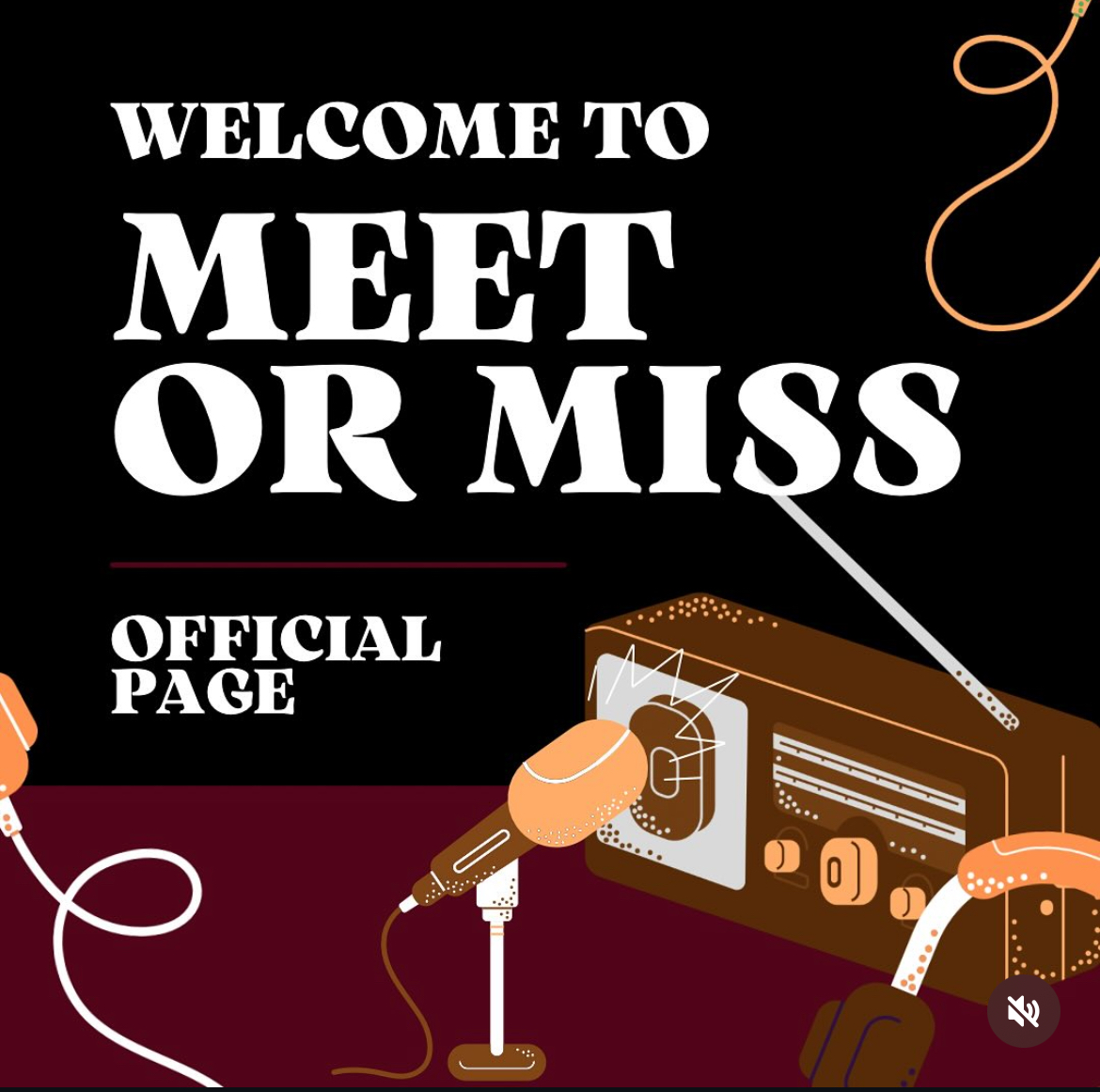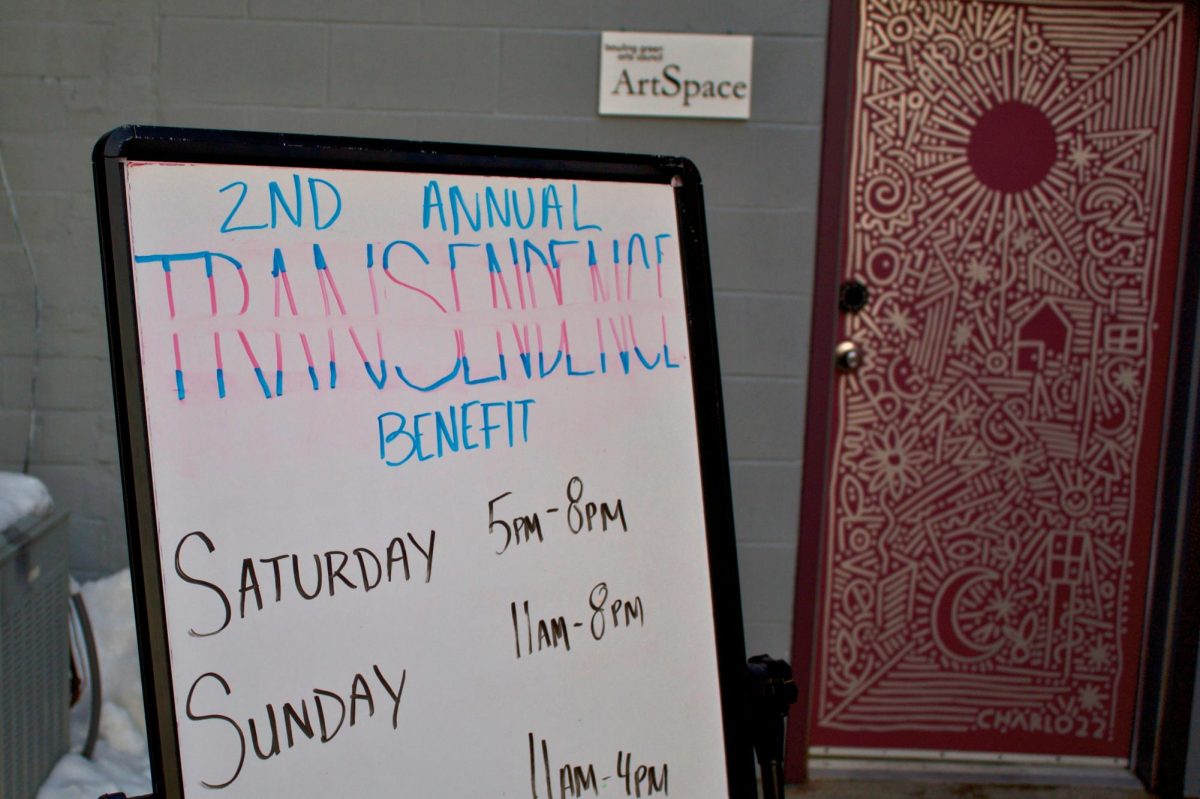A union that speaks for and represents the faculty employed at the University has been in operation since 2010. In July 2016, this contract was negotiated and will continue to be negotiated every three years.
Faculty can choose to opt in or out of the union, but the majority opt in; around 70 percent of faculty opt in, according to David Jackson, political science professor and contributor to this updated contract. However, even faculty that choose to opt out still get the benefits and protections from the collective bargaining agreement.
The union typically negotiates for three things: salaries, benefits and terms and conditions of employment.
These things are brokered by a negotiating committee that is appointed by an executive committee. The executive committee is made up of a president, a vice president, a treasurer, a secretary and a non-tenure track representative, people who are elected by members.
Higher salaries is a significant part of the collective bargaining agreement because faculty and administration felt tenure track and non-tenure track faculty deserved completely fair and competitive wages.
Other major additions to this contract include protections for non-tenure track faculty. The negotiating teams felt these professors were being overly evaluated, even when they had been teaching for several years at the University.
They felt it was more fair to look at the history of these professors, rather than constantly reevaluating their teaching abilities. Dean of the Education Department Dawn Shinew said, ”There were a lot of reviews; it was almost overwhelming.”
Jackson also mentioned that there is now a non-disciplinary action process for professors who may be performing below the level that is expected, so that they can receive help to get better, rather than getting punishment for not performing well.
Shinew said, “The advantages are that there is more transparency and consistency. This contract forced everyone to get some consistency since people in one department could be doing something one way, and others in a different department could be doing the same thing very differently.”
However, Shinew did foresee some cons to having stricter guidelines. She said, “Any time you work with people, there are really unique individual needs. Any time you standardize things, there are going to be circumstances that are not quite going to fit. There is less wiggle room,” she said.
She believes that “the advantages outweigh the cons” of the union contract, though.
The Collective Bargaining Agreement can be found online at www.bgsu-fa.org.













